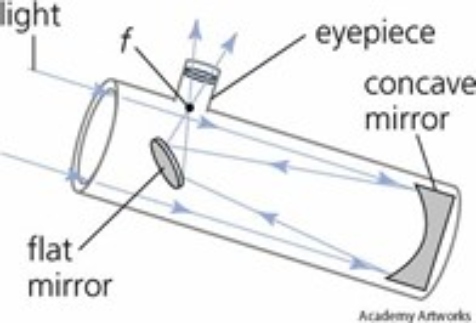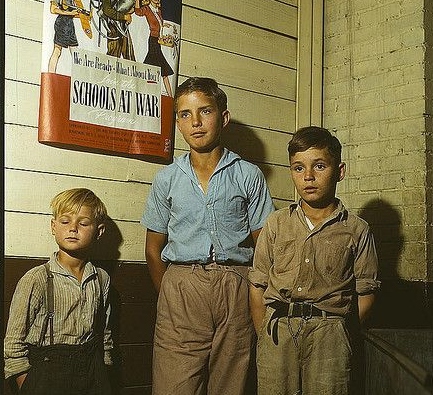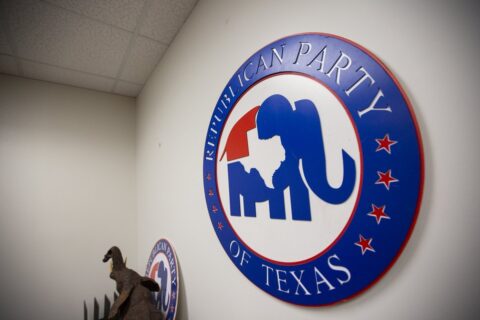Noah Webster once wrote that he considered the education of youth a vocation of more consequence than the making of laws and preaching of the Gospel; for, Webster continued, “it [the education of youth] lays the foundation upon which both law and gospel rest for their success.” In his original 1828 dictionary, Mr. Webster defines the word education as follows:
“All that series of instruction and discipline which is intended to enlighten the understanding, correct the temper, to form the manners and habits of youth, and to fit them for usefulness in their future stations.”
Sir Isaac Newton made the first known working reflector telescope in 1668. Simple as Newton’s design was and is, it has withstood the test of roughly three and a half centuries of time and shall ever bear his name. Modern versions of Newton’s basic design are called Newtonian Reflectors.

The basic (optical) elements of a Newtonian Reflector consists of a primary mirror mounted in a cell at the back of the telescope tube, a secondary mirror mounted at a forty-five degree angle near the focal length of the telescope, and an adjustable eyepiece holder mounted on the outside of the tube centered over a hole bored through its surface to allow the reflected light from the primary mirror passage to the lens or lenses of the eyepiece. For the purposes of this article, our concern is chiefly with the primary mirror and its unique properties.
Just as cuts of meat do not originate in a grocery store, neither do telescope optics magically appear in nature. Nature supplies us with the raw materials with which to make optics, but she leaves it to man’s genius coupled with his labor to quarry those raw materials and to make something useful of them.
The process of mirror-making begins with what is termed a “blank.” A mirror “blank” is a piece of glass or pyrex cut to a predetermined thickness and diameter. Thickness is important because of the distortion properties inherent to the glass, a supercooled liquid, so called; diameter because of light gathering capability, of course. Simply stated, the larger the mirror (the broader its diameter), the thicker it must be to help compensate for its distortion properties. Stated another way, a thicker piece of glass holds its shape better than its thinner counterpart, if that makes sense. Focal length is the distance between the primary mirror’s surface and the point at which its reflected light is brought to a fine focus. One must determine focal length of the telescope before beginning the mirror grinding process. Pre-establishing focal length determines the depth of (concave) curvature which must be ground into the mirror surface. Various tools, instruments and techniques are used throughout the grinding and shaping process providing constant feedback for various purposes relative to accomplishing the final product.

The mirror grinding process itself involves several steps. First, one must “rough out” the desired depth of curvature by use of a “tool.” A “tool,” or, rather, THE tool, in mirror grinding terminology, is a separate piece of glass or pyrex cut to the same diameter and close to the same thickness as the “blank.” A relatively coarse grinding agent profusely lubricated with water is used between the two pieces of glass in the roughing out process. Once the rough grinding is done to satisfaction (gauged by a premade template to measure desired depth of curvature), the next step is to begin smoothing the rough surface of the blank with a less abrasive grinding agent applied in the same way. A finer or less abrasive agent is next utilized, and so on in stages until, at length, the reflective surface of the blank is made ready for polishing. The final step prior to applying the reflective surface to the mirror blank is to polish the surface to a near perfect or blemish less finish.
Interestingly enough, it is during the final phases of grinding/polishing that the concave surface of the mirror face is transformed from a spherical to a parabolic figure; the initial phases of grinding produce a spherical figure, which will not produce the sharpest images when put to the test. The reasons this is so are beyond the scope of this article. Nevertheless, it is necessarily part of the process to begin with a spherical figure and to perfect it before transforming the surface to the superior parabolic shape during the polishing phase of the work.
Now, you may at this point be asking, “what has all this mirror grinding guff to do with shaping the mind and character of a child?” It’s a fair question, and my answer is that shaping the mind of a child is analogous to mirror grinding. No analogy is perfect of course, and with that knowledge in mind I developed this one years and years ago to help keep my own mind focused on what we were trying to achieve in shaping the hearts and minds of our children by way of “all that series of instruction and discipline” Webster’s definition mentions above. Indeed, the analogy itself has undergone its own sort of transformative process over the years. Allow me to share with you its current iteration in a condensed version for brevity’s sake.
The analogy consists in the process itself. The “blank” that will ultimately become the primary mirror in a reflector is analogous to the (more or less) unenlightened mind of the child or children in question. You, his parent and/or guardian, are the primary “tool” (cut of the same material or stock, of more or less the same diameter and thickness and so forth) used to complete the grinding/polishing process in most or all of its phases. The “grinding agent(s)” utilized (more and less abrasive), including the polishing agent/compound, are the facts and data and principles you will teach him to accord with his purpose and function. You begin by “roughing out” general principles, slowly but methodically smoothing the roughed out surface by use of finer agents as his mind is prepared to receive them. The “distortion properties” inherent to the glass are analogous to the distortion properties inherent to the mind ill-formed. One test of the quality of a given telescope’s optics is whether they are capable, and how clearly, of resolving “Cassini’s Division” in Saturn’s rings. In keeping with our analogy, one reliable test of proper formation of a child’s mind is his ability to discern between honest information and mere noise.
There you have it in a nutshell. The analogy gets more complicated and more profound when one ventures into all the mathematics and testing procedures and devices utilized throughout the process to determine focal length, proper depth of curvature and proper shape of the surface (a parabola) to produce the most vivid, detailed images. I could get into atmospheric conditions, climatological conditions at given locations, light pollution levels, elevation above sea level and so forth, and how each of these affects, in one way or the other and to one extent or the other, how effectively (or ineffectively, as it were) a given telescope will function under various circumstances and how these varying conditions are analogous to the mind and character of human beings given certain situations. But that is all, as I said above, beyond the scope of this particular article. For those of you interested in further investigating and/or developing the analogy for your own purposes, there are several good books on the subject of mirror grinding that do a much better job of conveying all of that and more than I can get into in an article length explanation. I will close this article by pointing out that, as with so many other things, mass production of telescope optics made by machines has resulted in broad distribution of a mostly inferior product. It is a well known fact within astronomical circles that the most perfect primary telescope mirrors ever produced were and are done by amateurs and by hand, utilizing the simple processes partially described above. How that fact is analogous to “education” for mass consumption vs. private education, I’ll leave to you, dear reader, to work out in your own time and in your own way.







Our children aren’t yet old enough for “formal” home schooling. Once that time arrives I’m not sure how we’ll be able to juggle those educational responsibilities along with caring for younger children and work. I know plenty of folks before us such as yourself have raised large families so we always appreciate home school advice and pointers.